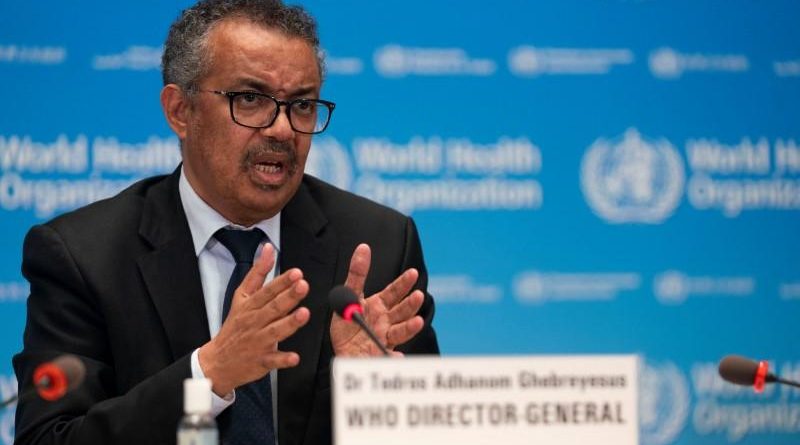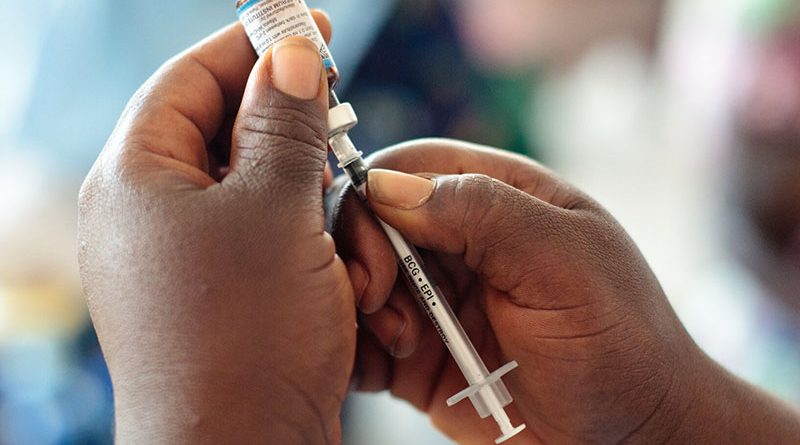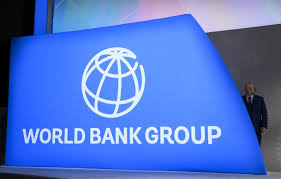THE global COVID-19 pandemic can be overcome quickly if countries use the right tools, the head of the World Health Organisation has said, but warned that if those tools were not used it would remain for a long time.
“If we use the tools we have at hand properly, we can end it soon,” WHO Director-General Dr Tedros Adhanom Ghebreyesus said during the Financial Times’ online Africa summit, adding a vaccine was expected late 2020 or early next year.
“If we don’t use the tools we have at hand properly, then it could linger with us, it could stay with us for a very long period,” he said. – Thomson Reuters Foundation.
Source: The African Mirror
THE widely used BCG tuberculosis vaccine will be tested on frontline care workers in Britain for its effectiveness against COVID-19, researchers running the UK arm of a global trial said.
Bacillus Calmette-Guérin (BCG) vaccine, used to protect against tuberculosis, induces a broad innate immune-system response and has been shown to protect against infection or severe illness with other respiratory pathogens.
“BCG has been shown to boost immunity in a generalised way, which may offer some protection against COVID-19,” Professor John Campbell, of the University of Exeter Medical School, said.
“We are seeking to establish whether the BCG vaccine could help protect people who are at risk of COVID-19. If it does, we could save lives by administering or topping up this readily available and cost-effective vaccination.”
The UK study is part of an existing Australian-led trial, which launched in April and also has arms in the Netherlands, Spain and Brazil. The BCG vaccine is also being tested as protection against COVID-19 in South Africa.
The British trial is recruiting volunteers ahead of winter months that officials have warned may be tough as the country grapples with the second wave of infections.
UK Prime Minister Boris Johnson has indicated that restrictions to curb the pandemic could be in place until spring.
The trial’s UK arm, which is being run from Exeter, southwest England, is seeking to recruit 1,000 people who work in care homes and community healthcare nearby.
Globally, more than 10,000 healthcare staff will be recruited. – Thomson Reuters Foundation.
Source: The African Mirror
The International Monetary Fund approved new emergency aid for 28 countries on Monday — 22 of which are African. Funds received will enable these nations to either pay back their debts or mitigate the debilitating impact of the Covid-19 pandemic on their soil.
In April, the IMF cancelled the debts of 25 of the economically-challenged countries by activating an emergency mechanism, the Natural Disaster Response and Assistance Trust Fund of about 500 million USD.
A quick and effective operation of financial assistance that will now also be applied towards the 28 recipients - who could receive a total of 959 million USD by April 2022 — and as a grant, not a loan.
In Africa, with the exception of Rwanda, it is the least wealthy who will qualify for this aid.
The IMF awaits the international community’s validation of the new Malian government before honouring its eligibility as the West African nation sits on the waiting list.
Source: The African Mirror
Eight out of 10 ‘new poor’ will be in middle-income countries
WASHINGTON, Oct. 7, 2020 — Global extreme poverty is expected to rise in 2020 for the first time in over 20 years as the disruption of the COVID-19 pandemic compounds the forces of conflict and climate change, which were already slowing poverty reduction progress, the World Bank said today.
The COVID-19 pandemic is estimated to push an additional 88 million to 115 million people into extreme poverty this year, with the total rising to as many as 150 million by 2021, depending on the severity of the economic contraction. Extreme poverty, defined as living on less than $1.90 a day, is likely to affect between 9.1% and 9.4% of the world’s population in 2020, according to the biennial Poverty and Shared Prosperity Report. This would represent a regression to the rate of 9.2% in 2017. Had the pandemic not convulsed the globe, the poverty rate was expected to drop to 7.9% in 2020.
“The pandemic and global recession may cause over 1.4% of the world’s population to fall into extreme poverty,” said World Bank Group President David Malpass. “In order to reverse this serious setback to development progress and poverty reduction, countries will need to prepare for a different economy post-COVID, by allowing capital, labour, skills, and innovation to move into new businesses and sectors. World Bank Group support—across IBRD, IDA, IFC and MIGA—will help developing countries resume growth and respond to the health, social, and economic impacts of COVID-19 as they work toward a sustainable and inclusive recovery.”
The report also finds that many of the new poor will be in countries that already have high poverty rates. A number of middle-income countries will see significant numbers of people slip below the extreme poverty line. About 82% of the total will be in middle-income countries, the report estimates.
The convergence of the COVID-19 pandemic with the pressures of conflict and climate change will put the goal of ending poverty by 2030 beyond reach without swift, significant and substantial policy action, the World Bank said. By 2030, the global poverty rate could be about 7%.
Increasing numbers of urban dwellers are expected to fall into extreme poverty, which has traditionally affected people in rural areas.
Progress was slowing even before the COVID-19 crisis. New global poverty data for 2017 show that 52 million people rose out of poverty between 2015 and 2017. Yet despite this progress, the rate of reduction slowed to less than half a percentage point per year between 2015 and 2017. Global poverty had dropped at the rate of around 1 percentage point per year between 1990 and 2015.
In addition to the $1.90-per-day international poverty line, the World Bank measures poverty lines of $3.20 and $5.50, reflecting national poverty lines in lower-middle-income and upper-middle-income countries. The report further measures poverty across a multidimensional spectrum that includes access to education and basic infrastructure.
While less than a tenth of the world’s population lives on less than $1.90 a day, close to a quarter of the world’s population lives below the $3.20 line and more than 40% of the world’s population – almost 3.3 billion people – live below the $5.50 line.
The COVID-19 crisis has also diminished shared prosperity – defined as the growth in the income of the poorest 40 percent of a country’s population. Average global shared prosperity is estimated to stagnate or even contract over 2019-2021 due to the reduced growth in average incomes. The deceleration in economic activity intensified by the pandemic is likely to hit the poorest people especially hard, and this could lead to even lower shared prosperity indicators in coming years.
The prospect of less inclusive growth is a clear reversal from previous trends. Shared prosperity increased in 74 of 91 economies for which data was available in the period 2012-2017, meaning that growth was inclusive and the incomes of the poorest 40 percent of the population grew. In 53 of those countries, growth benefited the poorest more than the entire population. Average global shared prosperity (growth in the incomes of the bottom 40 percent) was 2.3 percent for 2012-2017. This suggests that without policy actions, the COVID-19 crisis may trigger cycles of higher income inequality, lower social mobility among the vulnerable, and lower resilience to future shocks.
The report calls for collective action to ensure years of progress in poverty reduction are not erased, and that efforts to confront poverty caused by COVID-19 also face threats that disproportionally impact the world’s poor at the same time, particularly conflict and climate change.
The World Bank Group, one of the largest sources of funding and knowledge for developing countries, is taking broad, fast action to help developing countries strengthen their pandemic response. We are supporting public health interventions, working to ensure the flow of critical supplies and equipment, and helping the private sector continue to operate and sustain jobs. We will be deploying up to $160 billion in financial support over 15 months to help more than 100 countries protect the poor and vulnerable, support businesses, and bolster economic recovery. This includes $50 billion of new IDA resources through grants and highly concessional loans.
Source: The World Bank.org




